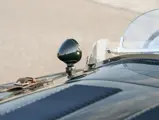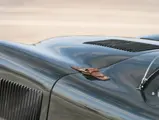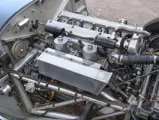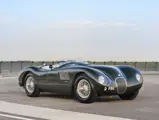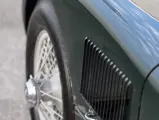
1952 Jaguar C-Type
{{lr.item.text}}
£4,000,000 - £4,500,000 GBP | Not Sold
{{bidding.lot.reserveStatusFormatted}}
- One of the 53 C-Type models made by Jaguar
- Excellent competition pedigree with in-period SCCA race history
- Restored by expert Peter Jay Engineering and RS Panels in 1988
- Retaining the numbers-matching body, chassis, and engine, verified by JDHT production record
- A very pure example of a legendary Jaguar race car
- Eligible for concours events and most of the historic motorsport entries worldwide
Following Leslie Johnson’s competitive outing at the 1950 24 Hours of Le Mans in a Jaguar XK 120 S, Jaguar management approved the development of a new XK-based racing model, initially dubbed the XK 120 C and later known as the C-Type.
Starting with an all-new lightweight tubular space frame, Jaguar’s experimental department redesigned the XK’s rear suspension with additional positioning links and the 3.4-litre engine was upgraded with a new cylinder head, high-lift camshafts, racing pistons and an un-muffled dual exhaust system, combining to develop a formidable 200 horsepower. The robust engineering was clothed in the beautiful aerodynamic coachwork penned by stylist, Malcolm Sayers, combining sensuous curves with traditional marque cues such as the classic elliptical grille.
Three factory C-Types were initially built for works team use, making their debut at the Circuit de le Sarthe, in Le Mans in France, in June 1951. Two of the three cars were forced to retire early, but the car piloted by Peter Walker and Peter Whitehead held on to finish victorious, in the process becoming the first British car to win Le Mans in almost 20 years. The C-Type reprised the win with a second Le Mans victory two years later, and in the interim approximately 43 customer cars were built. Claiming rarity, racing pedigree, historically significant design and one of the most emotionally arresting body styles ever conceived, the C-Type has evolved into a true legend, as the cornerstone of Coventry’s celebrated evolution of racing sports cars.
CHASSIS NUMBER XKC014
This C-Type, chassis number XKC014, is one of the 53 built at the Coventry factory. Originally finished in cream with a suede green interior, the car was imported through Max Hoffman of New York and was dispatched 7 October 1952 to its first owner, Commander John “Jack” Rutherford of Florida, U.S.A. In February 1953, Rutherford was timed at 134.07 mph behind the wheel of the Jaguar during the NASCAR Speed Week at Daytona Beach. Historic photographs from the Jaguar Daimler Heritage Trust presented with the car depict Commander Rutherford driving the C-Type wearing race number “11” at that event.
In 1960, chassis XKC014 was purchased by David S. Burtner, who swapped the Jaguar straight-six engine for a Plymouth Valiant slant-six, also replacing the original four-speed manual gearbox with a Borg Warner unit. It is understood that the original engine was retained by Mr. Burtner, and to this day it has never been separated from the car, though it does currently feature a cylinder head from a late-XK120. A Positraction rear end by General Motors replaced the Jaguar differential unit and the factory drum brakes were swapped out for improved Buick brakes. XKC014 was raced extensively by Burtner in the early-1960s, with the records confirming appearances in several SCCA races in the Class “CM”, or “C modified”, reflecting the performance enhancements that Burtner made.
In 1961, Burtner is recorded as having raced twice. First on a track in Mansfield, Texas, on 3 September and the second at the SCCA Regional Muskogee in Oklahoma on 29 October. Burtner achieved first in class at both races. On 27 May 1962, chassis XKC014 finished first in class at the SCCA National Stuttgart in Arkansas while two months later, on 8 July and sporting number “78”, Burtner finished 10th overall and fourth in class at Lake Garnett Raceway in Kansas. On 9 September, Burtner raced in the Road America 500 miles, wearing the race number “34”. The Jaguar finished in 15th place and fourth in class, with Dr John E. Horn as the co-driver. The C-Type is recorded as having entered the 1964 Watkins-Glen GP Glen-Trophy as number “34” but no results remain on file.
In the late-1960s, the Jaguar was acquired for the sum of $2,000 by Ralph Steiger of Ohio. Throughout the 1970s and early 1980s the ownership and location of the car is unknown, however, this C-Type would soon resurface. Having made its journey across the Atlantic and back to Europe by the 1980s, in 1988 its German owner, Burkhard von Schenk would commission a restoration.
Chassis number XKC014 was restored by Peter Jaye Engineering of Wooton, Bedfordshire, England, together with RS Panels of Nuneaton, England. Jaye is a renowned C-Type specialist and is highly regarded for his work with the Jaguar C-Type. The car was re-finished in a stunning British Racing Green and the interior re-trimmed in a beautiful green leather hide. Jaye described the Jaguar as “a nice original car with is matching engine and having most of its factory parts including the coachwork and requiring only minor chassis repairs, mostly in order to refit the original engine and gearbox”. On 17 August 1990, the car was first registered in the United Kingdom.
In 2002, the C-Type was acquired by Skip Barber, of Sharon, Connecticut, via Terry Larson. In January 2006, the Jaguar changed hands once more. Later owners include Joel Loeb and Bill Jacobs—while this C-Type was on display in October 2009 at The Auto Collections, Las Vegas, Nevada, but was not for sale. Later, the car was with the Blackhawk Collection, Danville, California. On 22 June 2015, the C-Type gained the UK registration, “2 FBG”, and the car has formed part of two more prominent European car collections since.
This Jaguar presents a wonderful opportunity to own an early-production C-Type with racing history from the 1950s and 1960s, and overall is a lovely restored example of Jaguar’s iconic racing sports car. Highly eligible to Grand Prix Historique de Monaco, Le Mans Classic, Tour Auto, Modena Cento Ore, Mille Miglia, or Colorado Grand.
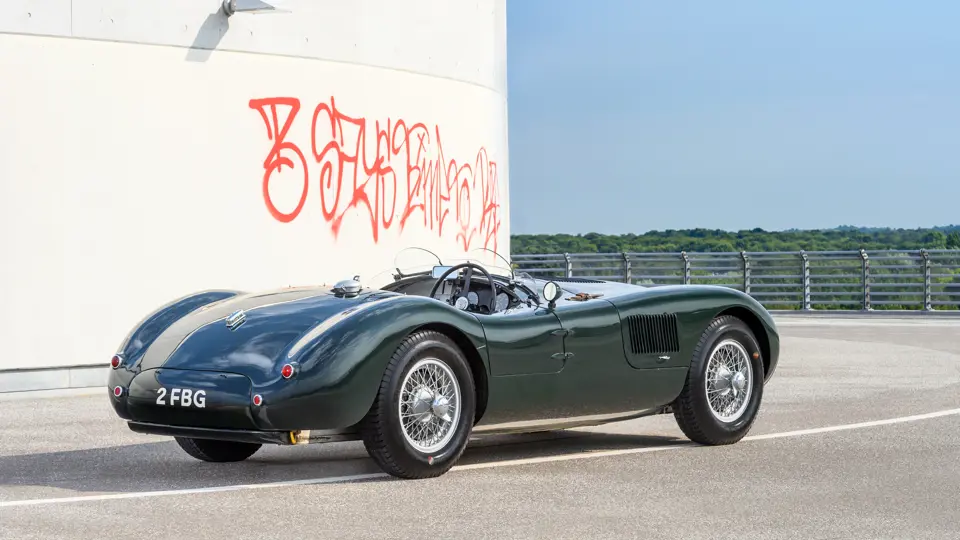




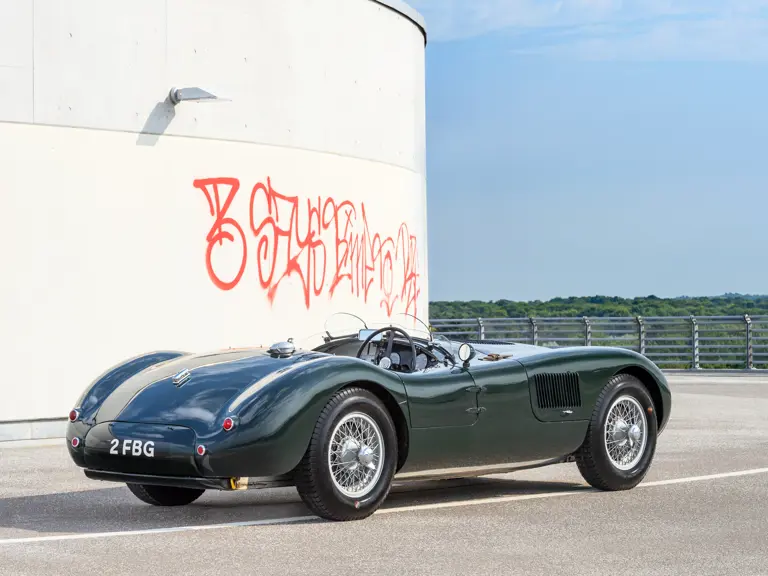


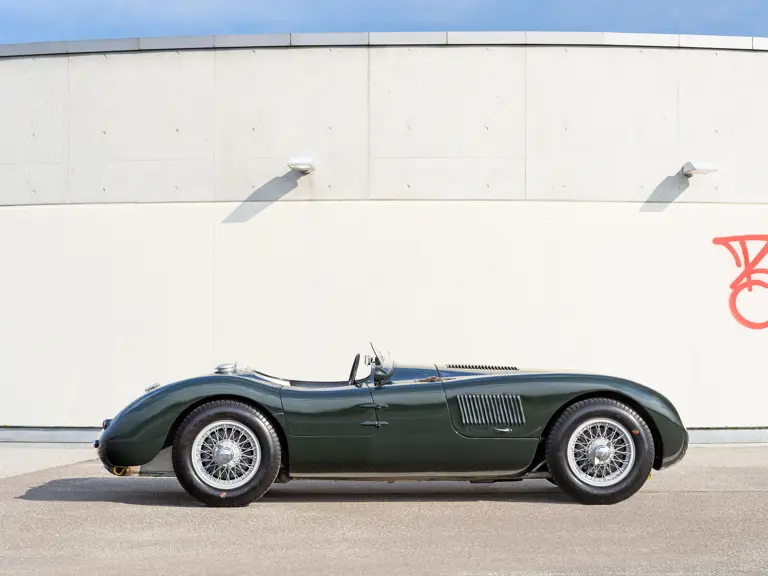








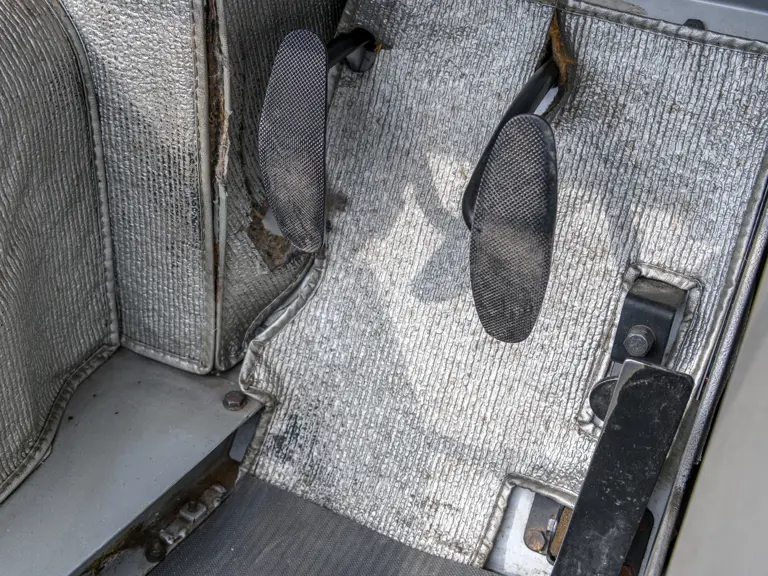
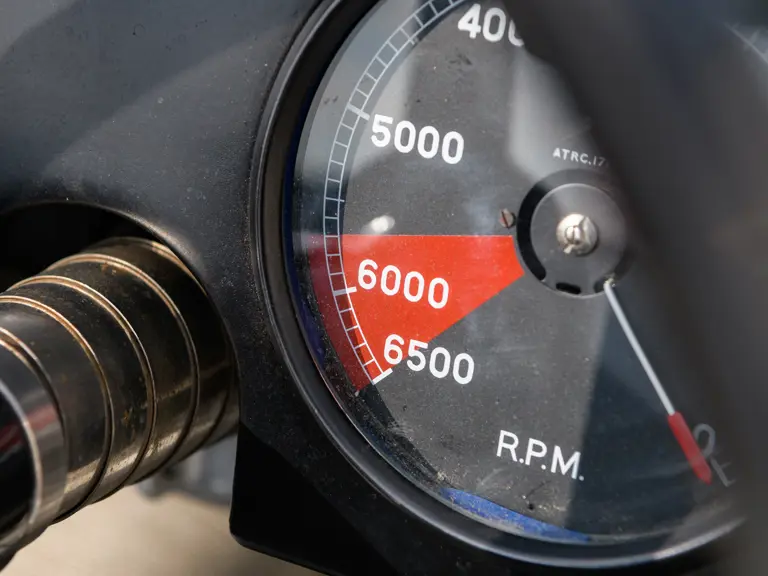




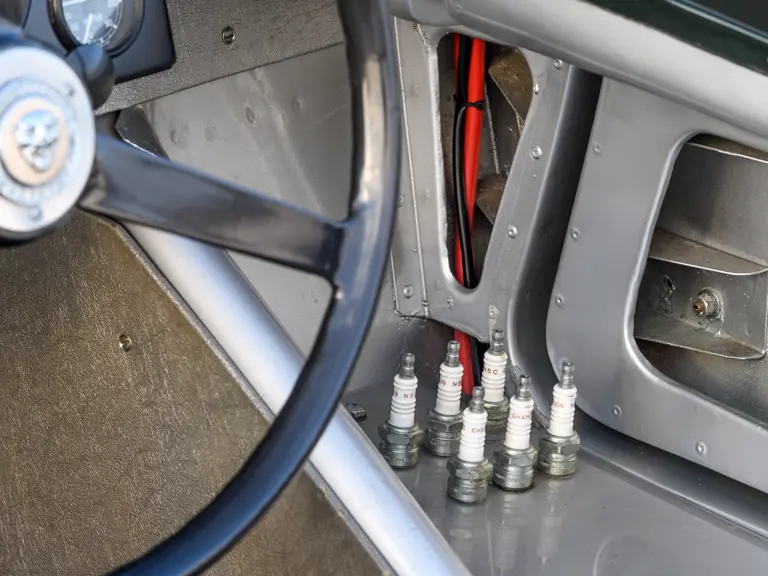


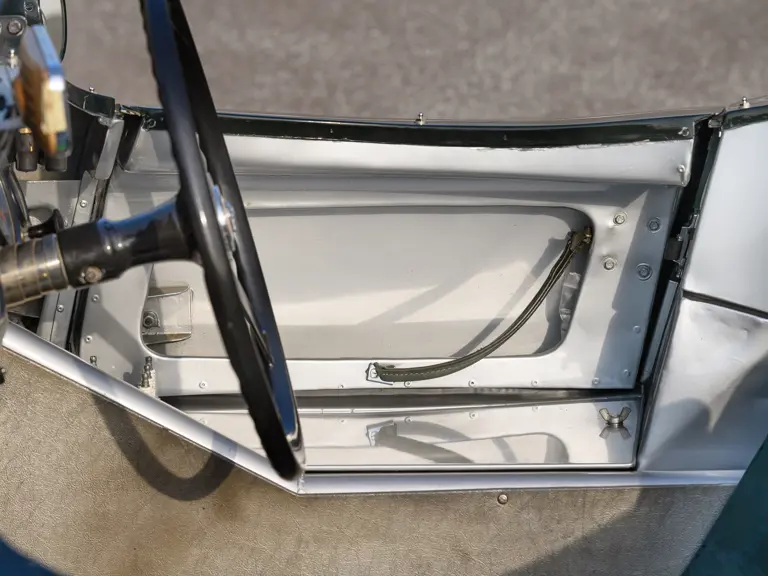









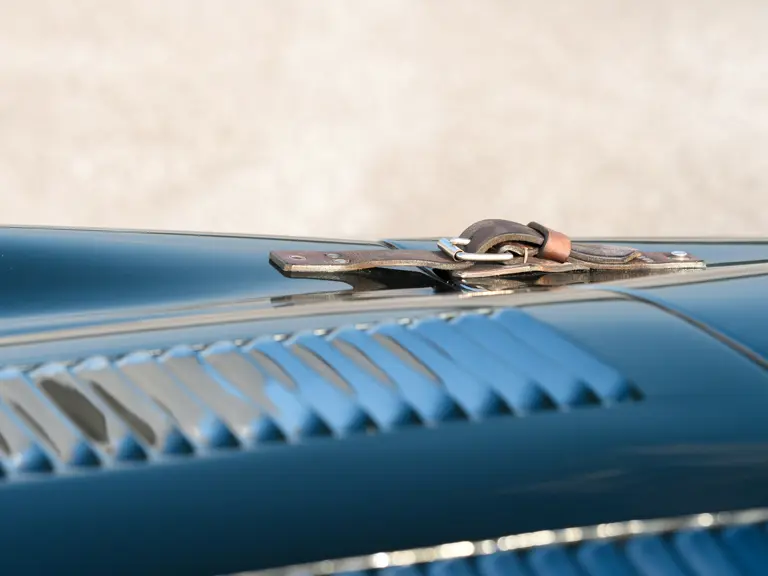




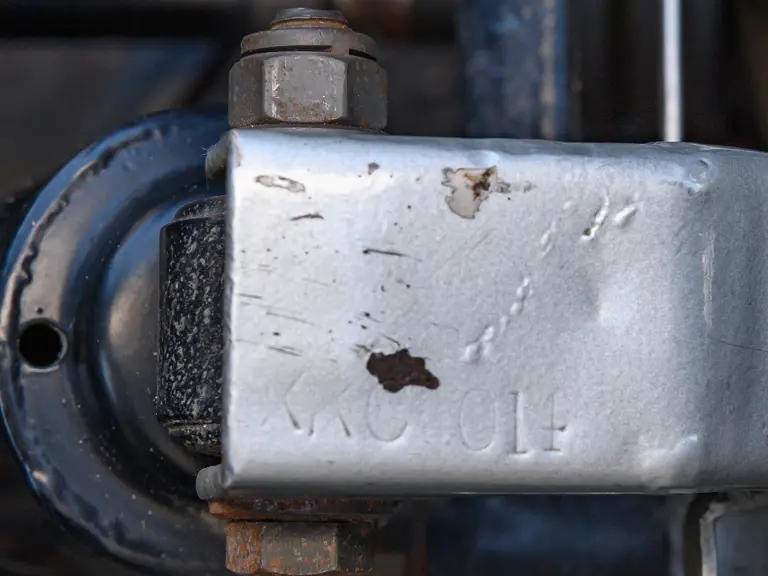













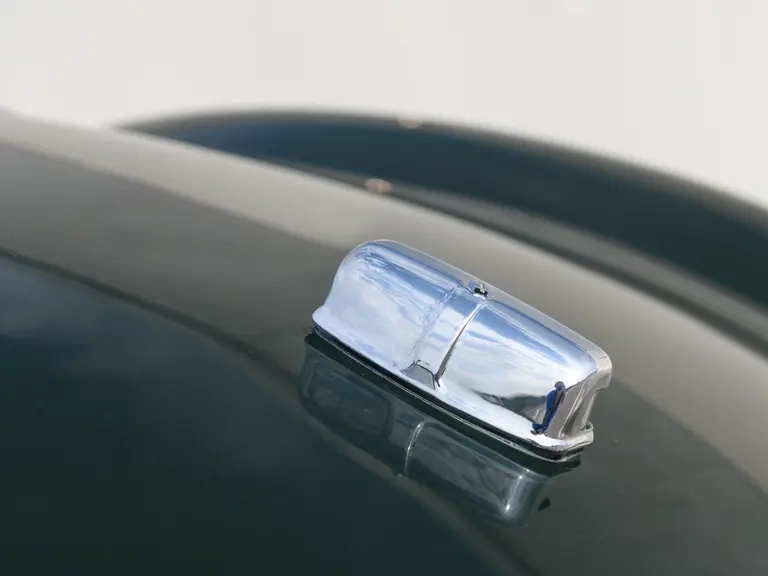



 | London, United Kingdom
| London, United Kingdom



























